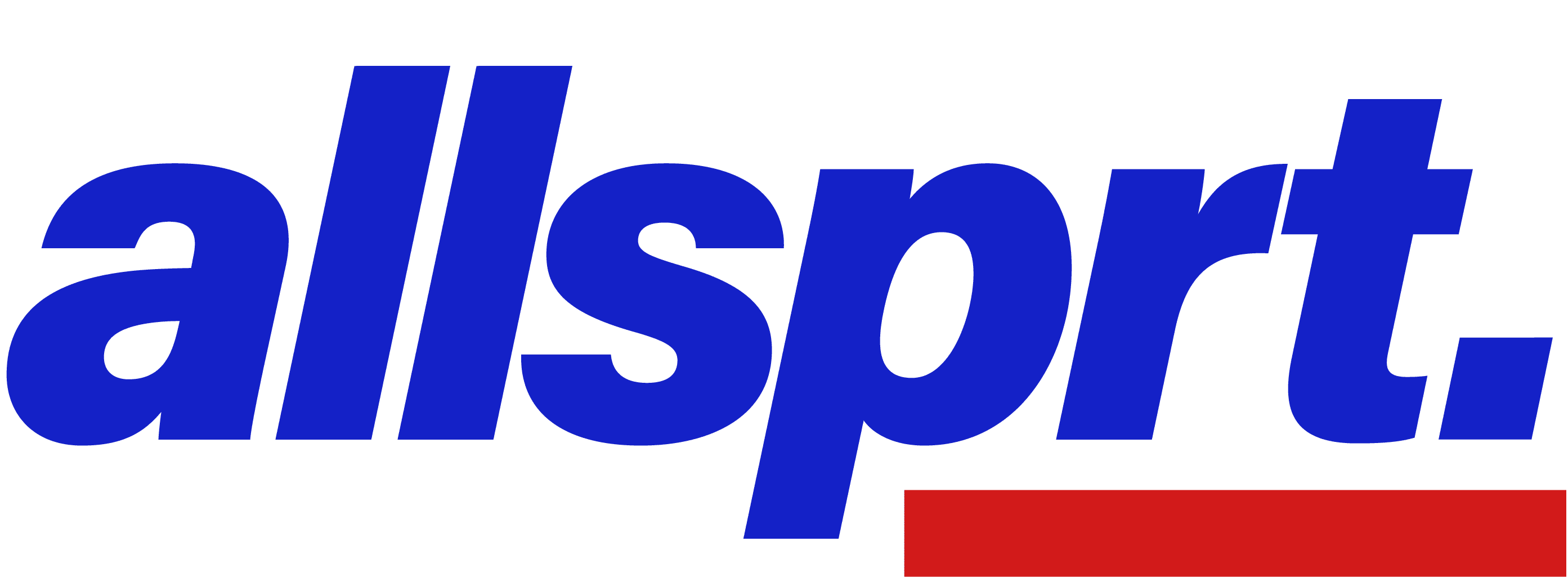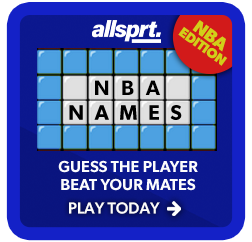Super Rugby is almost back for another season, with the 2016 installment set to be one of the most exciting times in the competition's history.
With the introduction of Argentinian and Japanese teams the Jaguares and the Sunwolves, and the re-introduction of a sixth South African franchise the Southern Kings, the competition should be as financially strong as it's ever been.
All five Australian teams are back, and after the World Cup that closed out the year, there have been big changes to lots of squads, with some franchises opting to usher in the new generation.
Which Aussie teams are in the running this year and who is looking at a long rebuilding period ahead? Check out Zero Scrum's predictions for the Australian Conference for the 2016 Super Rugby season below:
1st – ACT Brumbies
While their older brothers, the New South Wales Waratahs, have dominated the Aussie Conference for the past two years, this year, the ACT Brumbies will climb back on top.
Most Super Rugby fans have the AC as a two-horse race between the old foes, and I believe the consistency from one year to the next for ACT will be what will decide the Conference. I would not be surprised to be wrong though.
The Brumbies will bring back almost everyone from last year's campaign bar scrumhalf Nic White and fullback Jesse Mogg, who they both have very sufficient replacements for.
Despite no success since 2004, the ACT Brumbies have been formidable contenders for the past few years. With the departure of captain Stephen Moore back to Queensland at the end of the year, this may be the last shot for the men from the capital to put it all together.
2nd – New South Wales Waratahs
The NSW Waratahs are the other big contender for the Australian Conference in 2016, but will have coaching and positional changes to contend with. However, don't count them out to win the whole competition, let alone the conference.
Whilst they maintain their core group of Wallabies superstars, headlined by captain Michael Hooper, Israel Folau and Bernard Foley, Adam Ashley-Cooper has taken his talents to southwest France, leaving a big gap at 13.
Folau, arguably the best fullback in the world, has been one mooted to replace Swoop at outside centre, but they may opt for a surer defender at the position, such as veteran journeyman Matt Carraro.
However their biggest loss comes right at the top – Wallabies coach Michael Cheika will not be returning for another season with the AC champs. Whilst Darryl Gibson is strong pedigreed replacement, just how seamless the transition will be remains to be seen.
3rd – Queensland Reds
Most predict the Queensland Reds are in for a hard year, and while that is very real possibility, they do boast an experience forward pack and an exciting, youthful backline with the ability to surprise.
James Horwill, Will Genia and Quade Cooper are notable as the biggest post-World Cup casualties for Queensland, and to the dismay of many, annual disappointment Richard Graham was re-instated as coach.
However, the youth littered throughout the Reds' backline is cause for optimism. NRC standout Jake McIntyre, compared by many to Michael Lynagh, as well as Samu Kerevi and Karmichael Hunt make for exciting possibilities under the expansive backline direction of Matt O'Connor.
It may be a few years before the Queensland Reds re-climb to the heights of 2011, but with the team they're set to put out in 2016, they have the framework. No matter where they finish, there is cause for optimism in Ballymore.
4th – Melbourne Rebels
The Melbourne Rebels face a similar situation to the aforementioned Reds – there are plenty of players in their lineup earmarked for big futures. What Melbourne will need to focus on in 2016 and the future beyond is consistency.
Toby Smith, Sean McMahon, Nic Stirzaker and Jack Debreczeni, as well as lesser-known fullback Jonah Placid is a nice starting place for a team aspiring to big things well beyond the current season.
Head coach Tony McGahan's job for this year will be getting quality rugby into his young stars and building a desirable rugby culture and destination, as well as an exciting on-field product for the union starved Victorian public.
They're not going to break down any walls or enter uncharted territory this year, but if the Rebels can do as much as excite Super Rugby viewers about their future, they've done their job for this year.
5th – Western Force
Unfortunately, this part of the article is a depressing piece to write each year – and it is no different this year for perennial strugglers the Western Force.
Looking down their roster, they do have very capable forwards such as Pek Cowan, Nathan Charles, Matt Hodgson and Ben McCalman – all experienced, all internationally capped, and hardly the worst pack in the league.
However, behind the scrum, they unfortunately lack the attacking potency that Australian rugby is famous for. Kyle Godwin has not yet fulfilled his lofty prophecy, and Peter Grant is little more than a temporary option at fly-half.
The Force have largely struggled since they were forced to shut up shop on their academy, and the loss of talented local youngster Nick Jooste says it all about the state of WA Rugby.
They have a big turnaround project on their hands, but defying people's low expectations like they managed a few years ago would be a good start for what is definitely the longest road to success in Australian rugby.







